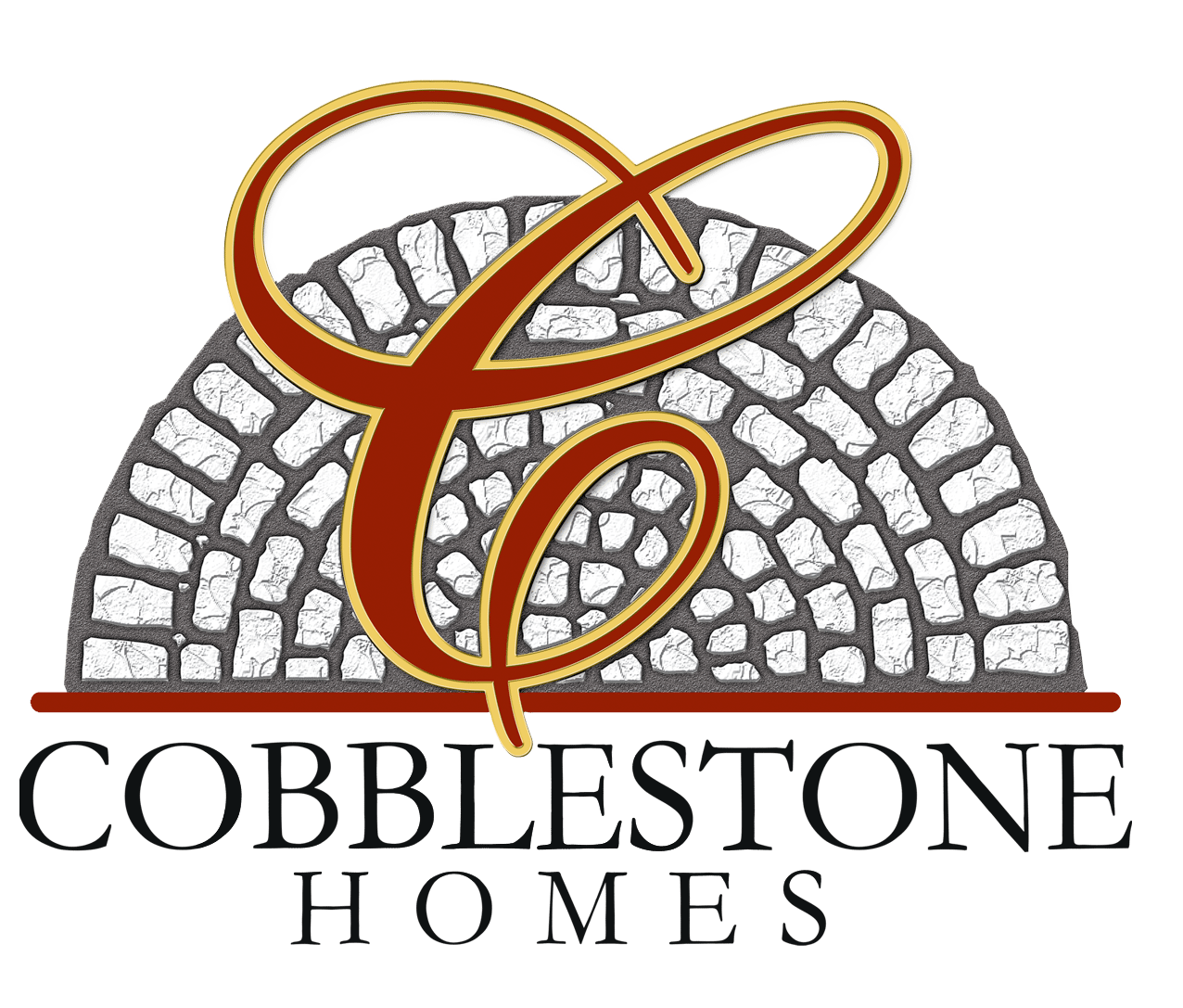A fully insulated house is a comfortable house, that’s no secret. Insulation works as a barrier to absorb heat and help prevent it from traveling; as the name suggests, it insulates your home. During the summer months, this prevents the sun’s heat from penetrating the barrier and warming your home more; during the winter, it helps keep the heat from your furnace inside. Two types of insulation are the industry standards: fiberglass and cellulose. Both types have pros and cons, but at Cobblestone we choose the latter for several reasons.
Paper and Glass
Fiberglass consists of sand and tiny fibers of glass, spun together like cotton candy resulting in dense, fibrous material. This is the type of insulation most people think of and are familiar with. It’s often pink and sold in batts– paperbacked panels or rolls. While it also comes in blown form, batts remain the most common. To install this type of insulation, the contractor cuts it down to size to fit where it’s needed. Unfortunately, it’s relatively common to miss small gaps with this type of installation, creating passages for air and heat to travel into unwanted places. One of the most common issues with batts is the difficulty of installation and measuring. For example, if your batt isn’t long enough to fill in a gap, the insulation you did install is compromised.
Cellulose, on the other hand, is a recycled paper product. In fact, most cellulose insulation is over 80-percent recycled paper! If fiberglass is reminiscent of cotton candy, cellulose is somewhat similar in appearance to popcorn – if we’re staying with the food theme. We use loose-fill, blown cellulose; yes – it’s actually blown into place! Blowing insulation, particularly cellulose, allows the insulation to settle into cracks and gaps, further protecting your home from uncomfortable temperatures.
R-Value
The R-Value of insulation is the measurement of how well it resists the flow of heat, in short, how good it is. Windows, walls and ceilings also have R-values. Cellulose is the clear winner when it comes to R-value, with roughly 3.2 to 3.8 per square inch versus fiberglass’ 2.2 to 2.6.
Energy Efficiency
We’re pretty proud of our dedication to energy efficiency in our custom-built homes. In addition to loose-fill cellulose, we employ several measures to help boost the performance of the insulation. The California T framing system prevents some of the non-insulated areas found in common framing, allowing us to get insulation into the corners and other forgotten places. In addition, we also use 24-inch on-center studs – while it may not seem like a huge difference over traditional building, the fewer the studs, the fewer thermal bypasses where heat can sneak around where it’s not supposed to.
At Cobblestone Homes, we’re dedicated to your comfort and making sure we do everything to make your custom-home as comfortable as possible.


Recent Comments